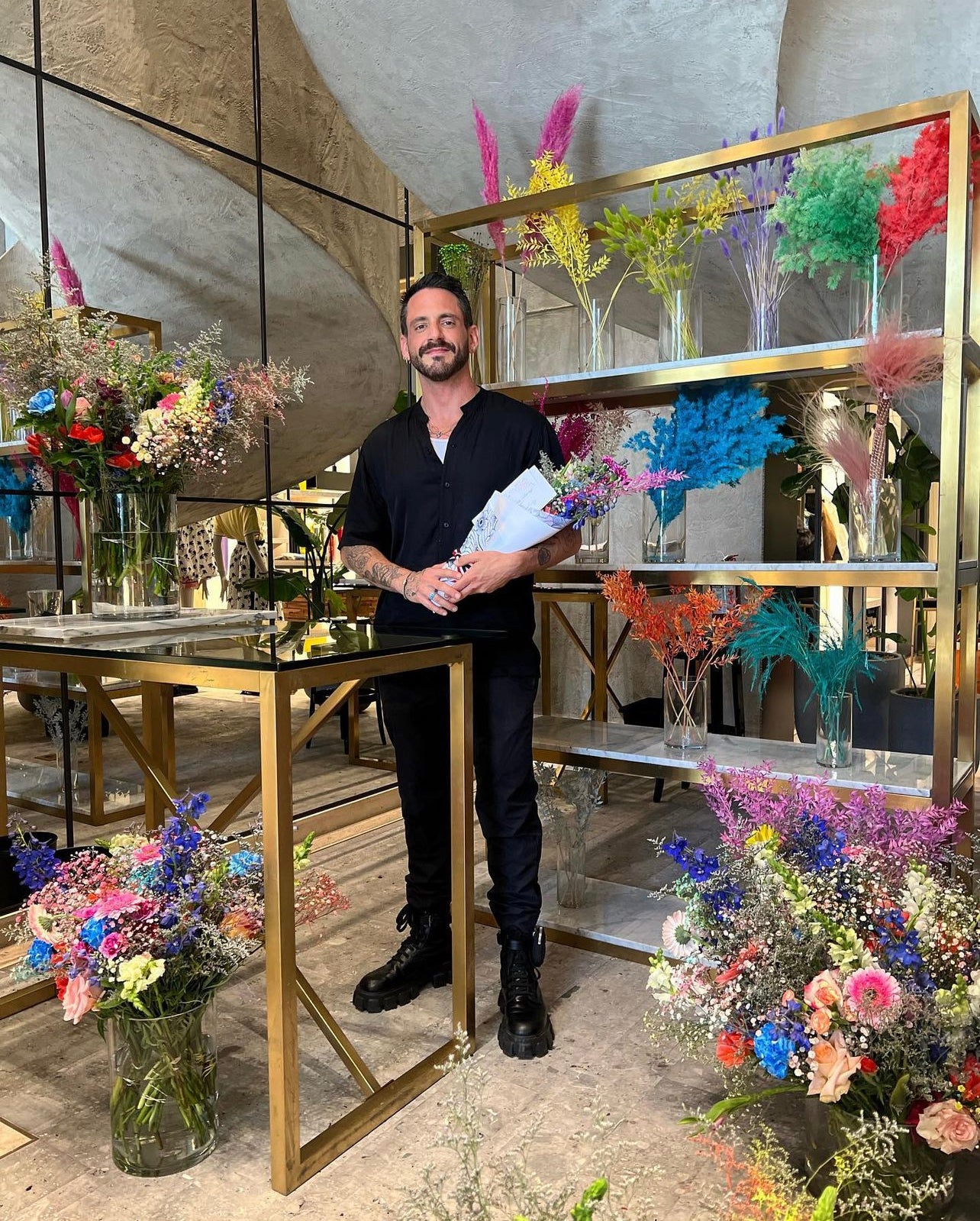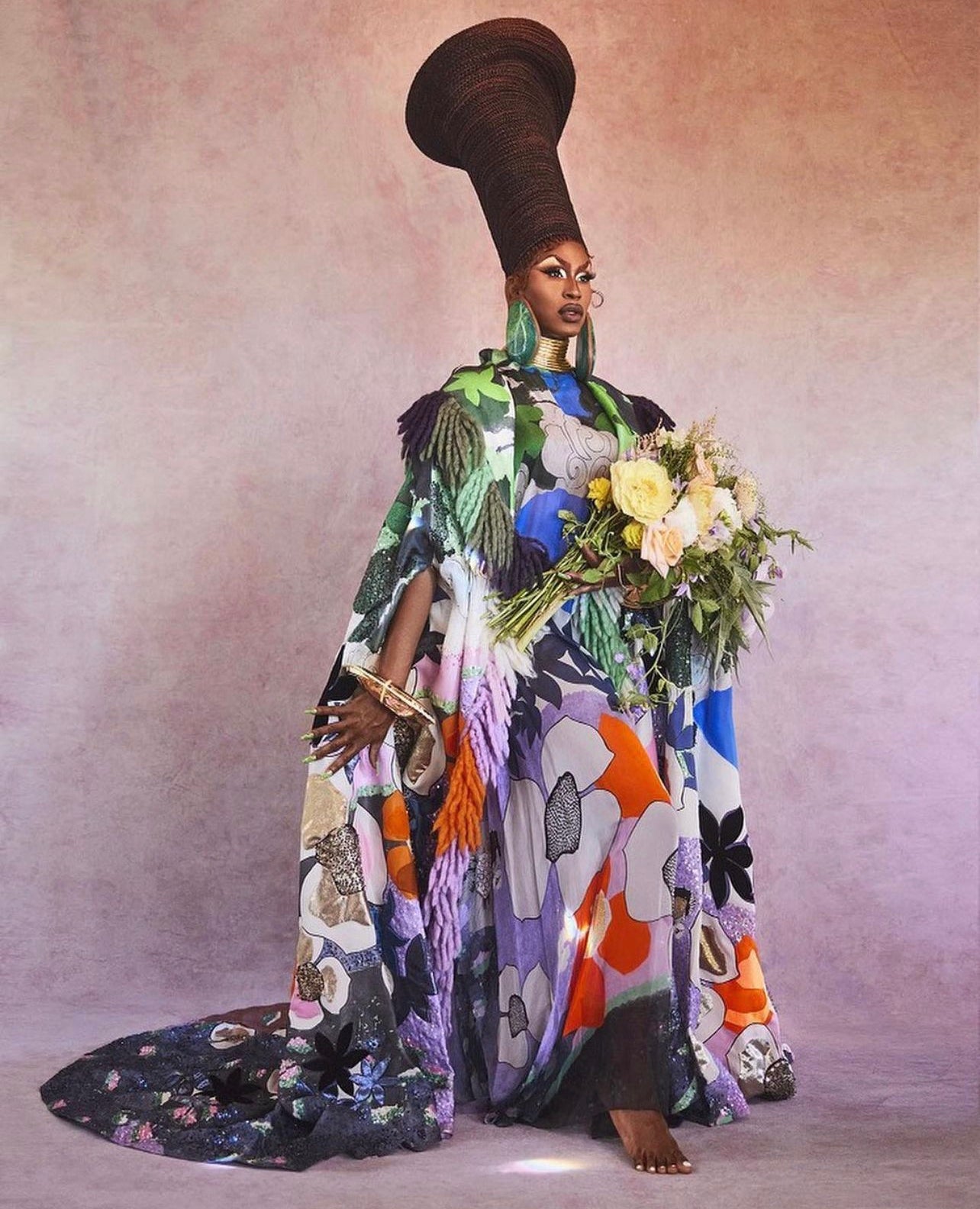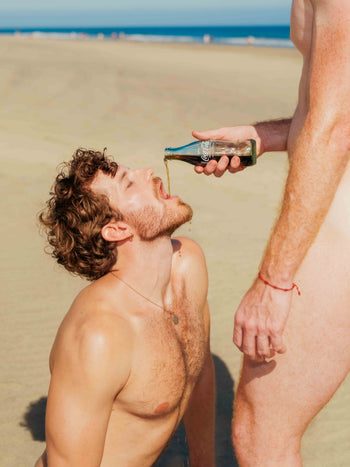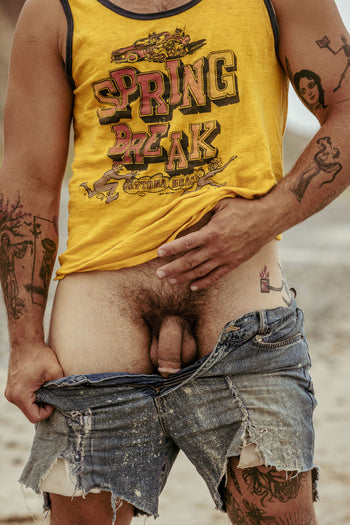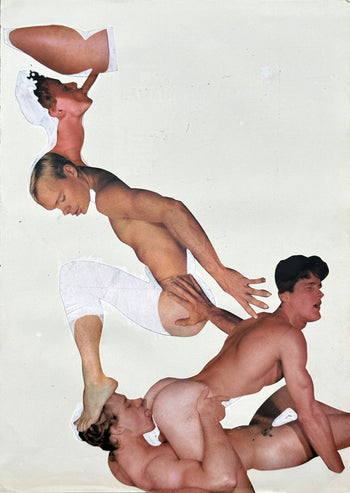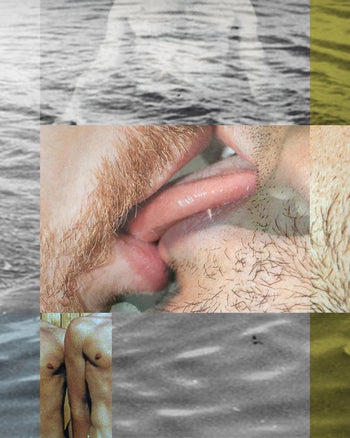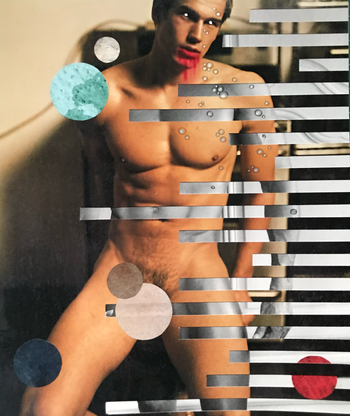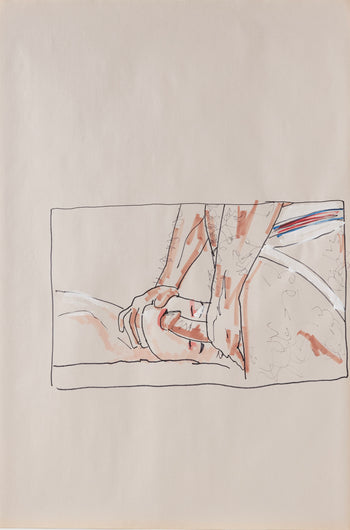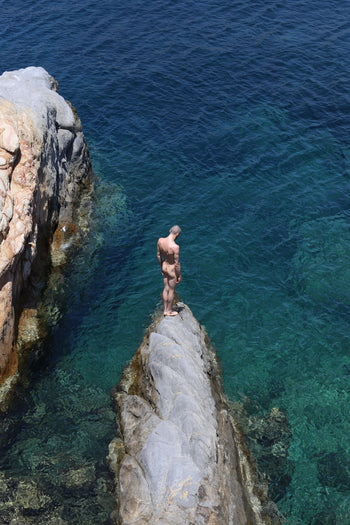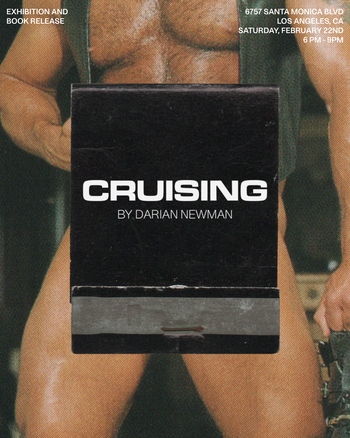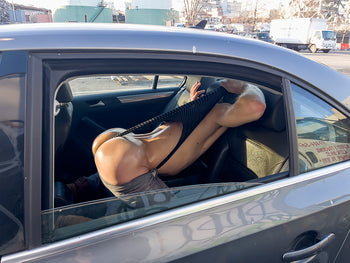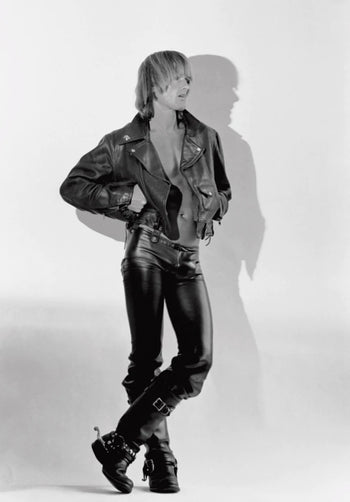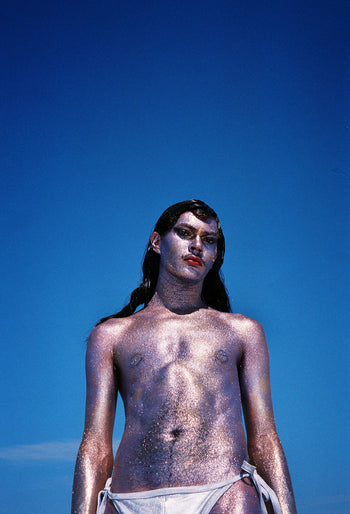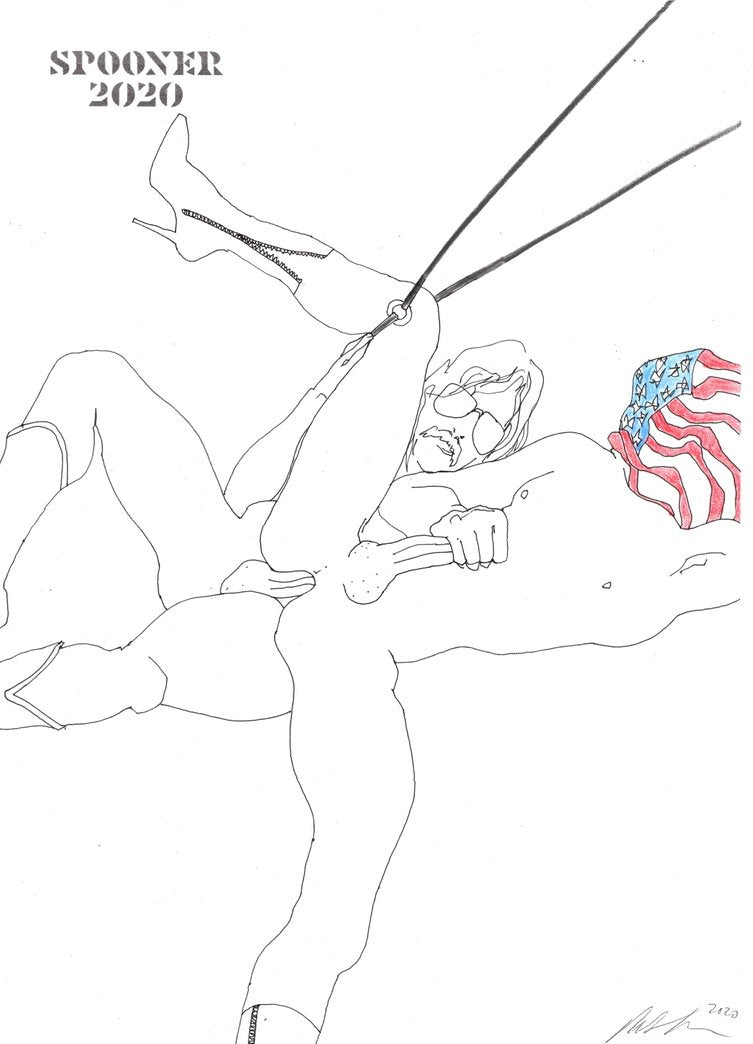What inspired your name?
The name ‘Cobra Lily’ is inspired by the carnivorous pitcher plant Darlingtonia californica, affectionately known to florists as the Cobra Lily. I've also been obsessed with snakes since I was young. It felt like a strong fit for me.
You have a background in fine art and music video production, how did you get into flowers?
Flowers intrigue me— as they’ve intrigued humans throughout all time and across all cultures. They of course serve a purpose for pollinators, but the fact that they have these wonderful shapes and colors and scents… I’m just still blown away by flowers! As I transitioned from one career to another, keeping with my background in design and the arts, floristry felt natural. I'm still creating art and producing large scale installations, just in a new medium. It all started with a job at a quaint little flower shop, learning the ropes from a pro.

What is the statement you're making using plant material as art?
That there is beauty in impermanence. Floral design is here for a good time, not a long time.
Loud color and unpredictability are part of your style. What inspires the Cobra Lily aesthetic? Is it the same/different from your personal taste?
I always wished I could be a minimalist, the focus and editing impress me, but as long as I can remember, I’ve been a maximalist. The Cobra Lily aesthetic is for those who loved I Spy books as kids, or find joy in hundreds of fireworks going off at once. As inspired as I am by the raw beauty of flowers, I like to turn up the volume as much as I can by introducing bright colors, wild shapes, and jarring textures. And when nature doesn’t give me what I want, I paint my stems, cover them in rhinestones; I magnify their potential.
What defines the floral aesthetic of the 21st century?
Floral design, much like fashion often repeats old trends with a bit of a twist. Ikebana design is back, but with refreshed materials. Dried materials are in, but dyed every color imaginable. I'd say the trend in aesthetics these days is designers seeing themselves as artists as opposed to simply retail florists, so we are all really pushing the envelope in our own way.
Why are floral arrangements important in 2022?
Anything that can bring beauty, awe and wonder into our lives is important, no matter the year, the location, or the state of the world. Everyone deserves splendor.
Did connections from your past lives in design help you link up with notable clients?
Absolutely, some of the biggest projects I’ve been a part of have been via connections I made through my past life on set.
Your CV lists big names in fashion and editorial: David Yurman, Rolling Stone, Essence… What’s it like working for such epic clients?
Honestly, it’s a dream. For so long I was assisting on big art department jobs for editorials and music videos. Now, I’m out here on set, building my vision, with my own hands.

Dua Lipa shot by David LaChapelle wearing your orchid crown and holding a bouquet made with your hands… Tell us everything.
I mean… working with a pop princess at the height of her career, it’s a queer dream, right? I actually began my career interning for David LaChapelle, so returning to that same studio really felt like a full circle moment. Now that I think of it, so much of my aesthetic has been influenced by his creations.
How about Tracee Ellis Ross for Essence?
Talk about a woman who knows how to POSE. I was working with Law Roach that day as well, who was incredible to watch work. What’s funny is I created some really spectacular headpieces for that shoot, but the only florals they featured in the magazine was a tiny lil sprig of baby’s breath in her hair! Hah! As long as the check clears, right?

Wedding florals featured in Vogue, fashion editorials in Rolling Stone and Essence, what have been your favorite projects?
I’d say working on the cover story for Rolling Stone has to be one of my career peaks. I used to have huge stacks of Rolling Stone as a teenager and just tear out pages and have them stuck to my walls.
You’ve done a lot of work with famous drag queens. Who are your faves, and do you consider yourself a queer brand?
First and foremost, Cobra Lily is a queer brand. Being queer heavily influences my work, and as floristry has long been a job for gay and queer people, it’s important for me to represent that long tradition. I’ve worked with Trixie Mattel, Alaska, Shea Coulee to name a few; it’s really cool because as queer creators we all get the chance to lift each other and collaborate. I'm so grateful to them for trusting me to pair my art with theirs. More to come, I’m sure of it.

Who/what are your dream clients/collaborations?
I’m putting this out into the universe: I will work with Gwen Stefani. She’s my girl. After that I can die happy.
What was it like designing the ballroom scene for The Weekend’s “Save You Tears” music video?
Wild! We did that at a former Catholic church in Downtown LA, which is now a venue called Vibiana. It is massive. We had a lot of real estate to cover, in a very short amount of time. With an Eyes Wide Shut illuminati type vibe, we got to be really creative and weird. What you didn’t see since the video turned out very moody and shadowy, was that there were about six massive urns overflowing with florals and every table in the room had a big arrangement on it. That’s Hollywood, lots of work and a half-second shot in the shadows.

How has your business grown from where it started in 2018 as a one man show?
Hard work, focus and determination. Keeping my head down and always being willing to learn and try new things. There’s a lot of pressure when you run the show by yourself. If anything goes wrong, it's on you, but when things go right, the payoff is huge. Since I began, I’ve developed my style considerably. I feel like my brand has grown from what felt like a project, into a real, grown-up, big boy job.
What’s next for Cobra Lily?
More art for art’s sake. The juncture of art and commerce is sometimes difficult to navigate for me, so I’m focused on releasing more projects that feel undoubtedly queer, artistic, and daring.
